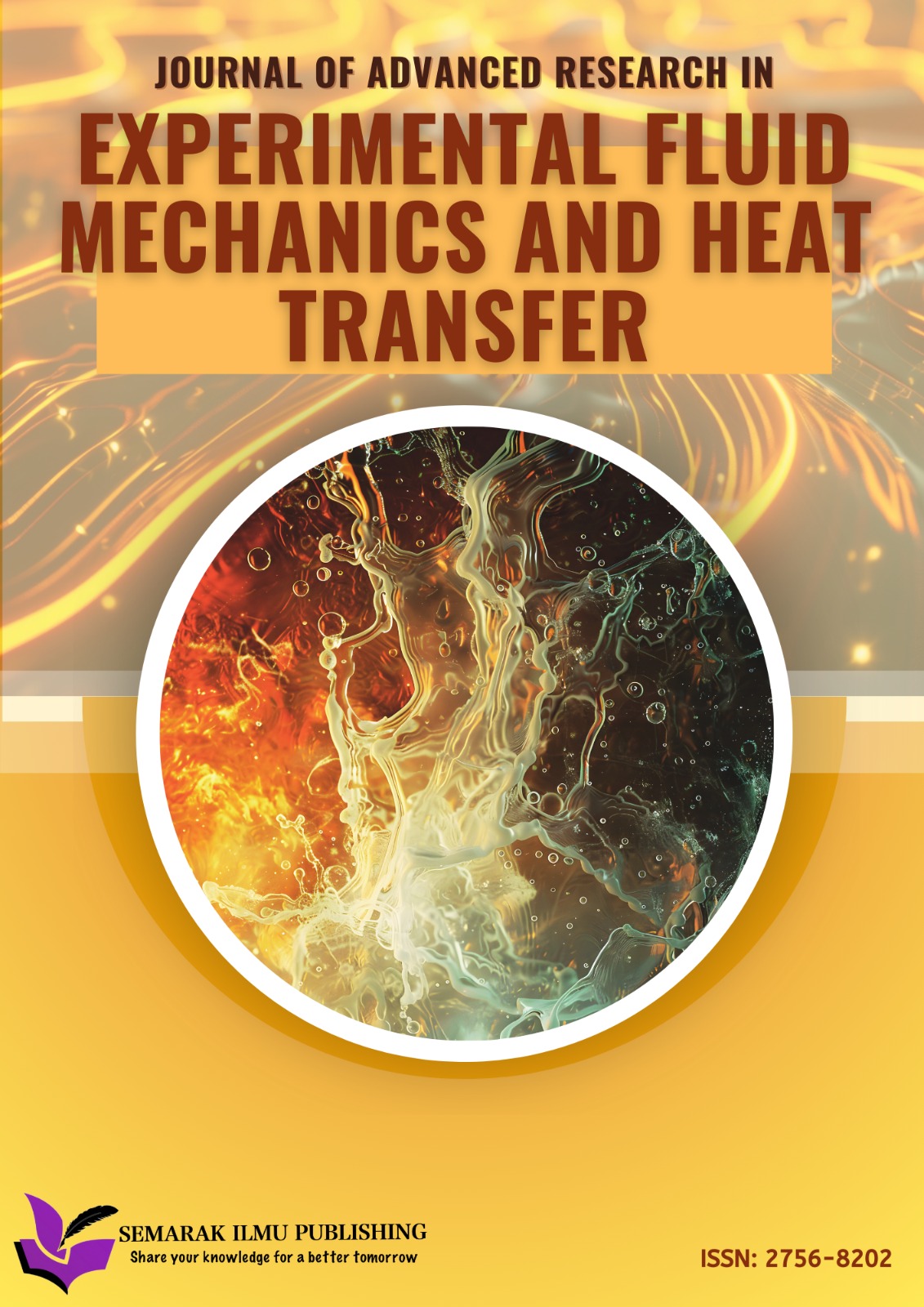An IoT Based Real-Time Environmental Monitoring System for Developing Areas
DOI:
https://doi.org/10.37934/araset.52.1.106121Keywords:
Internet of Things (IoT), Environmental monitoring system, Real-time data, Arduino-based device, Air quality, Noise pollutionAbstract
Rapid urbanization and industrialization have raised concerns about environmental quality and sustainability in recent years. The Internet of Things (IoT) has played an important role in monitoring physical phenomena by generating data that can be sent and preserved in the cloud. This work explores an IoT-based environmental monitoring system's potential, using an Arduino-based device for real-time tracking of environmental parameters including sound levels, humidity, dust concentration, total volatile organic compounds (TVOC), carbon dioxide (CO2), and carbon monoxide (CO). Real-time data are collected from various semi-residential and marketplace locations named in Pach raster More, Tomaltola, DowamoyiMore, Fojdarimore, and station road in Jamalpur district of Mymensingh Division, Bangladesh on non-holiday days, providing a representative snapshot of typical environmental conditions. The collected data is stored in a cloud server named firebase database. The implemented monitoring system offers several key features including accuracy and reliability, real-time monitoring data analytics alerts and notifications historical data as well as it can lead to various benefits and impacts of Improved Air and Water Quality Healthier Urban Environment (IAWUE) to enable local authorities and individuals to make educated decisions for a healthier and more sustainable urban environment. Graphical representations of the data revealed distinct patterns and trends, offering valuable insights into air quality variations across different areas. Interestingly, the results showed sound levels slightly below the standard range, indicating a relative control of noise pollution in the sampled areas. The findings of the work will serve as a vital resource for further research and guide policy-making for environmental improvement and sustainable practices in urban settings.
Downloads


























